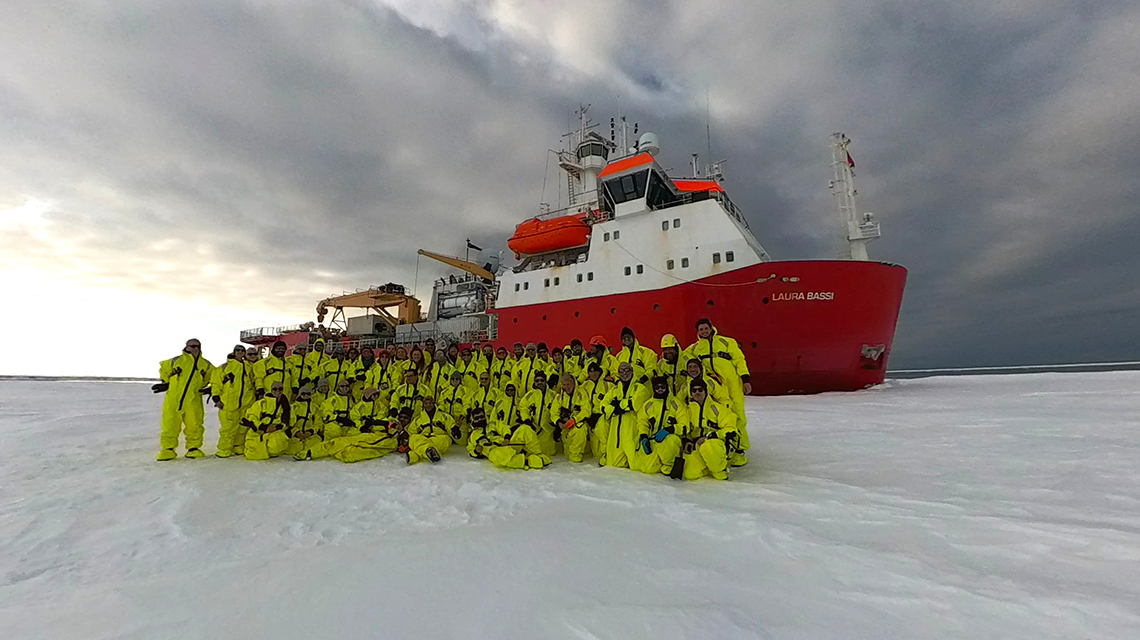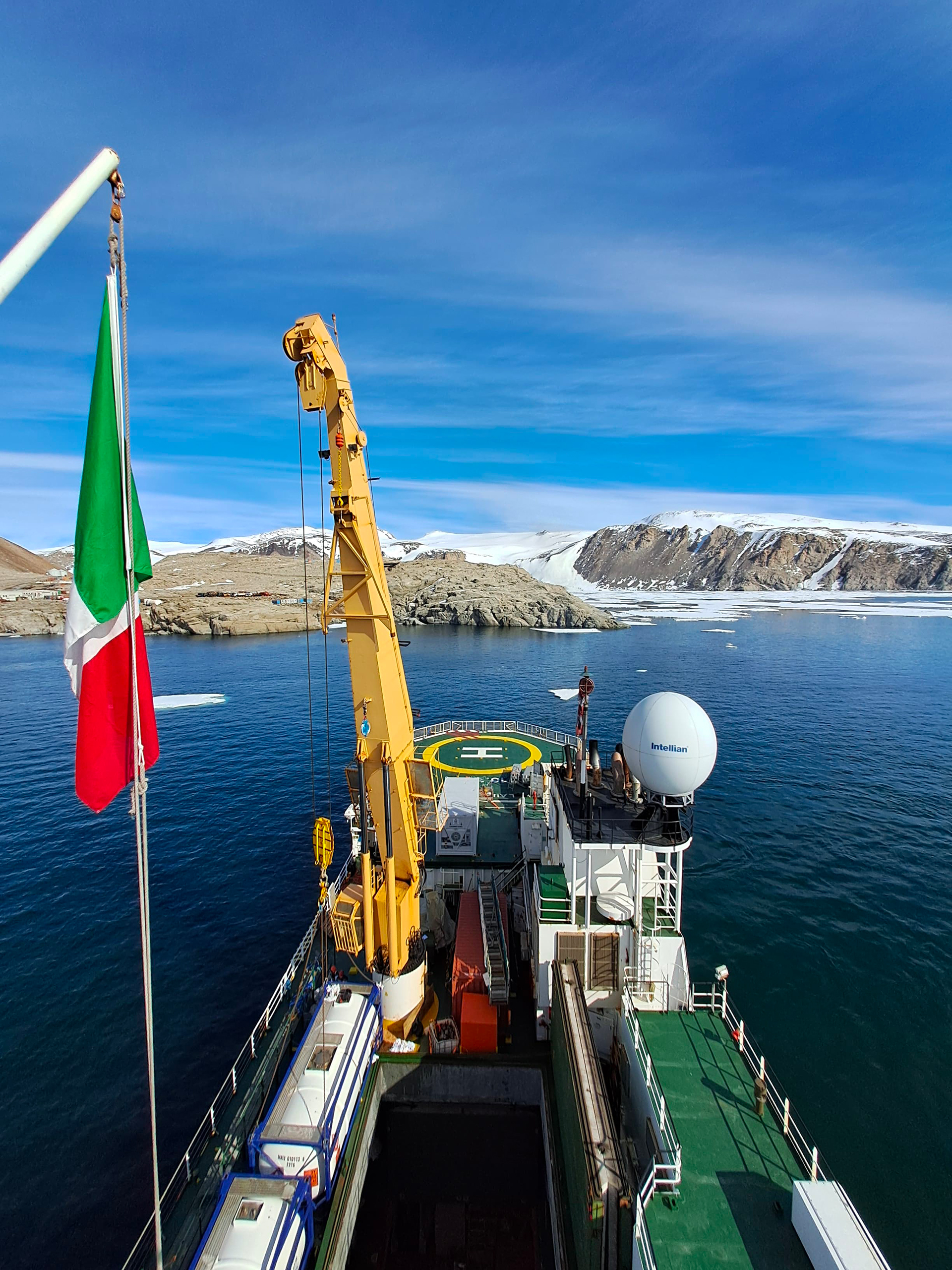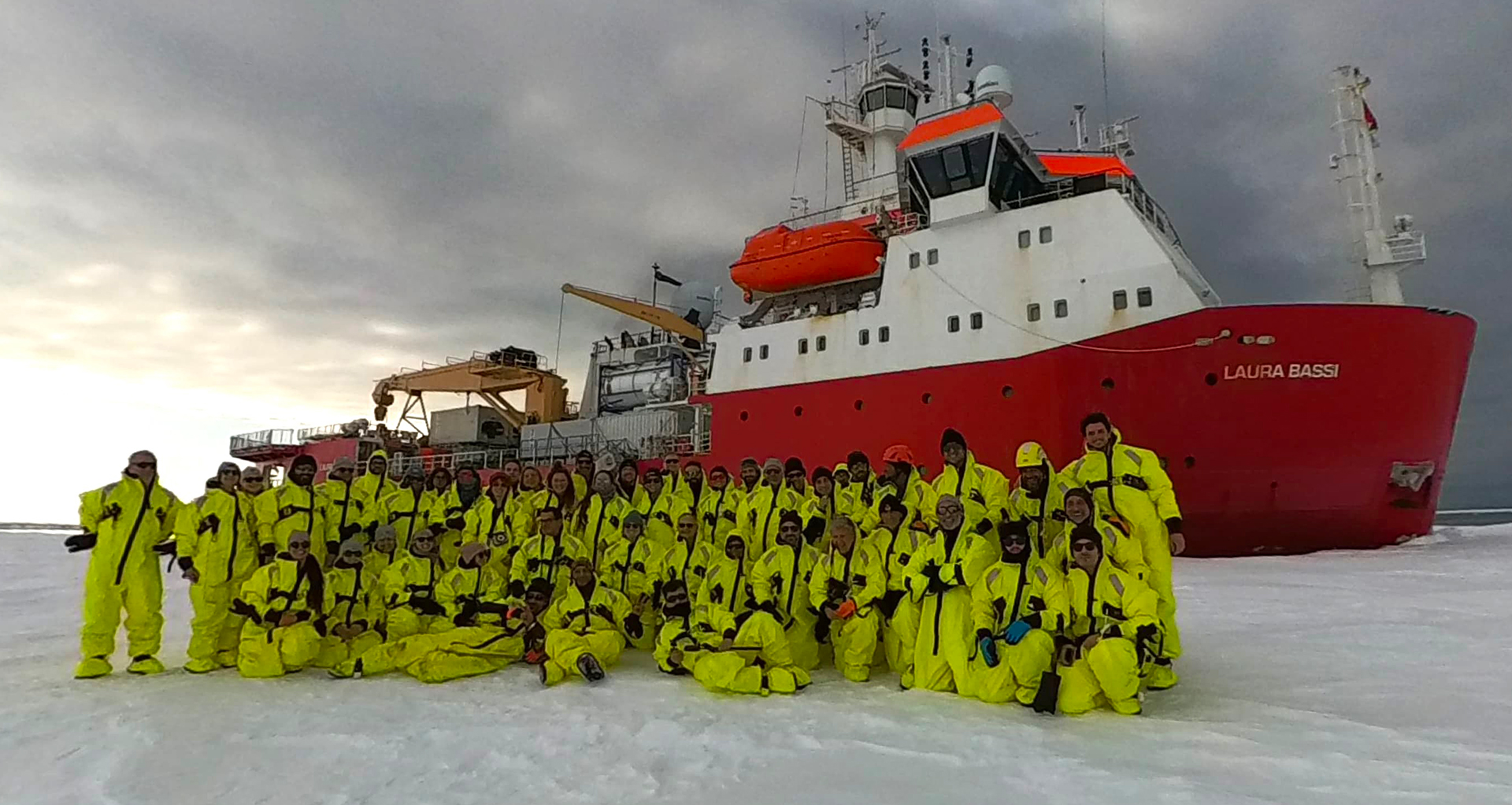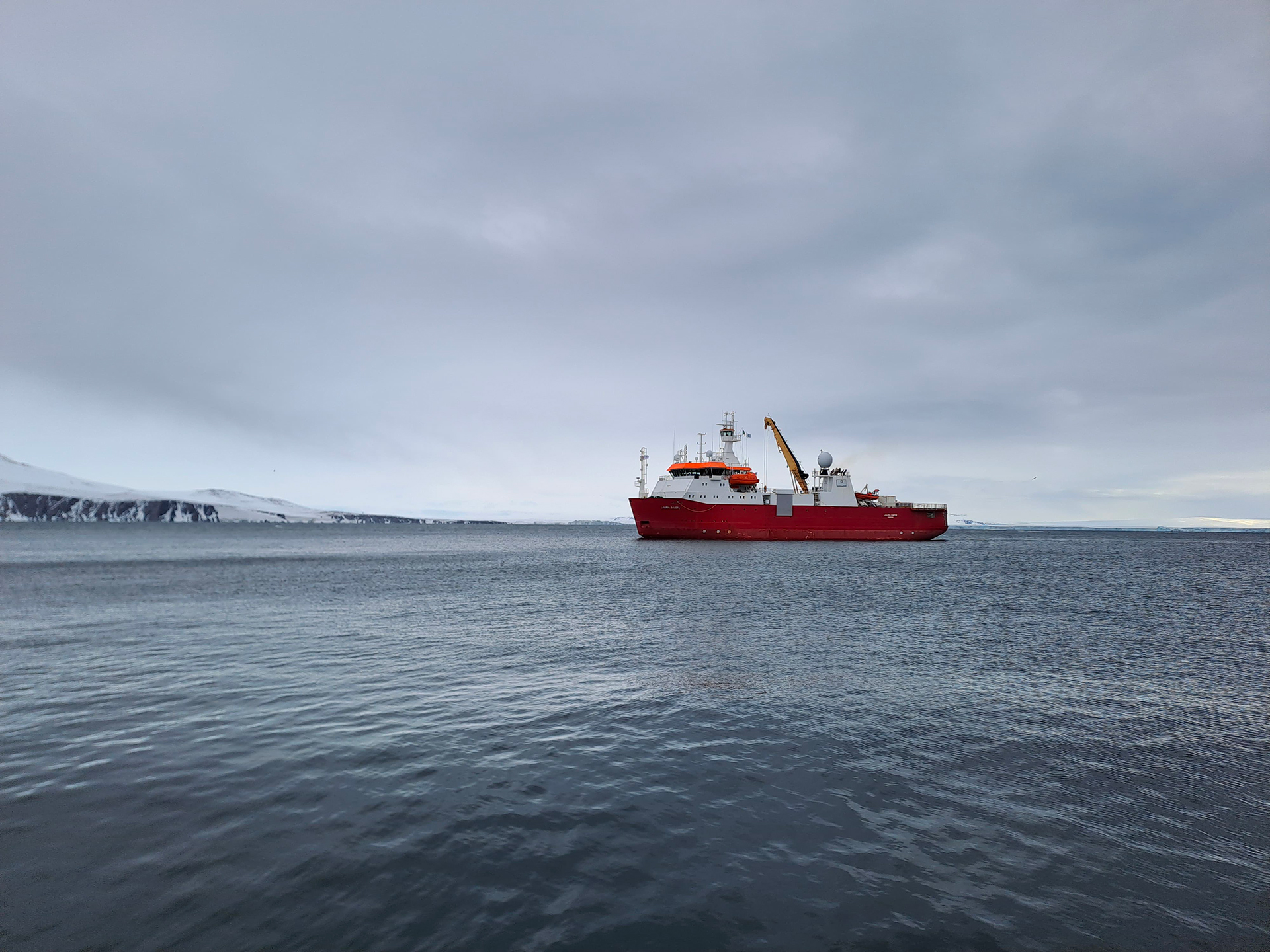Italian National Agency for New Technologies, Energy and Sustainable Economic Development

Antarctica: The Laura Bassi ship has closed its summer research campaign
The Italian research vessel Laura Bassi has concluded the mission which brought it to sail for two months in Antarctica in support of research activities on physical and biogeochemical dynamics of specific areas of the continent. The return to the port of Lyttelton in New Zealand marked the end of the 39th scientific expedition to Antarctica, funded by the Ministry of University and Research (MUR) as part of the National Antarctic Research Program (PNRA), managed by the National Council of research (Cnr) for scientific coordination, ENEA for planning and logistics at the Antarctic bases and the National Institute of Oceanography and Experimental Geophysics – OGS for the technical and scientific management of the icebreaker Laura Bassi.
The Laura Bassi vessel, owned by the National Institute of Oceanography and Experimental Geophysics – OGS, has conducted a single rotation from New Zealand to Antarctica this year, circumnavigating the Ross Sea with onboard 39 research personnel and 23 crew members. For the first time the mission was conducted jointly with the New Zealand Antarctic project with a team of 12 people.
The research activities specifically concerned the project “Tenore” (Terra Nova bay polynya high Resolution Experiment), coordinated by Giannetta Fusco at the University of Naples “Parthenope” for the study polynyas (ice-free areas within the ice-pack) of Terra Nova Bay; the project “Signature” (PhySIcal and bioGeochemical traciNg of wATer masses at source areas and export gates in the Ross Sea and impact on the SoUtheRn OcEan), coordinated by Pierpaolo Falco at the Polytechnic University of the Marches who aimed to analyze the main water masses of the Ross Sea from a biological, chemical and physical viewpoint and investigate their spatial and temporal variability; the project “MORsea” project (Marine Observatory in the Ross Sea), coordinated by Giorgio Budillon at the University of Naples “Parthenope” and Pasquale Castagno at the University of Messina for the management of the network of marine observatories positioned since 1994 in the Ross Sea.
This year, for the first time, the ship hosted 12 New Zealand researchers as part of an international collaboration of particular prestige for the PNRA.
“The Laura Bassi campaign ended successfully and, thanks to the collaborative efforts of the crew and the technical and scientific staff on board, we achieved all the planned objectives, acquiring much more data than expected” explained Franco Coren, director of the OGS Naval Infrastructure Management Center. “Now we have approximately 40 days of navigation ahead of us to return to Italy, passing through the southern Pacific Ocean, rounding Cape Horn and crossing the atlantic ocean with with favourable winds” he said.
The return to Italy, in Naples, is scheduled for the second half of April. There the ship will undergo a series of interventions to complete the work started last year. Later on, scientific activities are planned in the Mediterranean, followed by preparation for the next Antarctic mission. It is quite likely that this year the route to the white continent will pass through the Cape of Good Hope, given the known problems in the Red Sea.
Icebreaker Laura Bassi
The N/R Laura Bassi is currently the only Italian icebreaker for oceanographic research capable of operating in polar seas, both in Antarctica and in the Arctic. It was purchased by the National Institute of Oceanography and Experimental Geophysics - OGS in 2019 thanks to funding from the then Ministry of University and Research - MUR and operates to support the scientific community.
The main objective of the Laura Bassi is to provide scientific and logistical support to Italian polar missions and enable researchers of the national and European scientific community to conduct oceanographic and geophysical research at a global and, in particular, polar level.
A category A PC5 class icebreaker, it was designed as a special ship optimally combining both cargo and scientific research capabilities. It has a tonnage of 4028 tonnes, it is 80 meters long and 17 meters wide, it has a dynamic positioning system which guarantees high maneuverability and hovering accuracy in the order of 1 metre at a given point. Its particularly robust planking structure enables it to operate in ice-covered seas without fear of structural damage.



